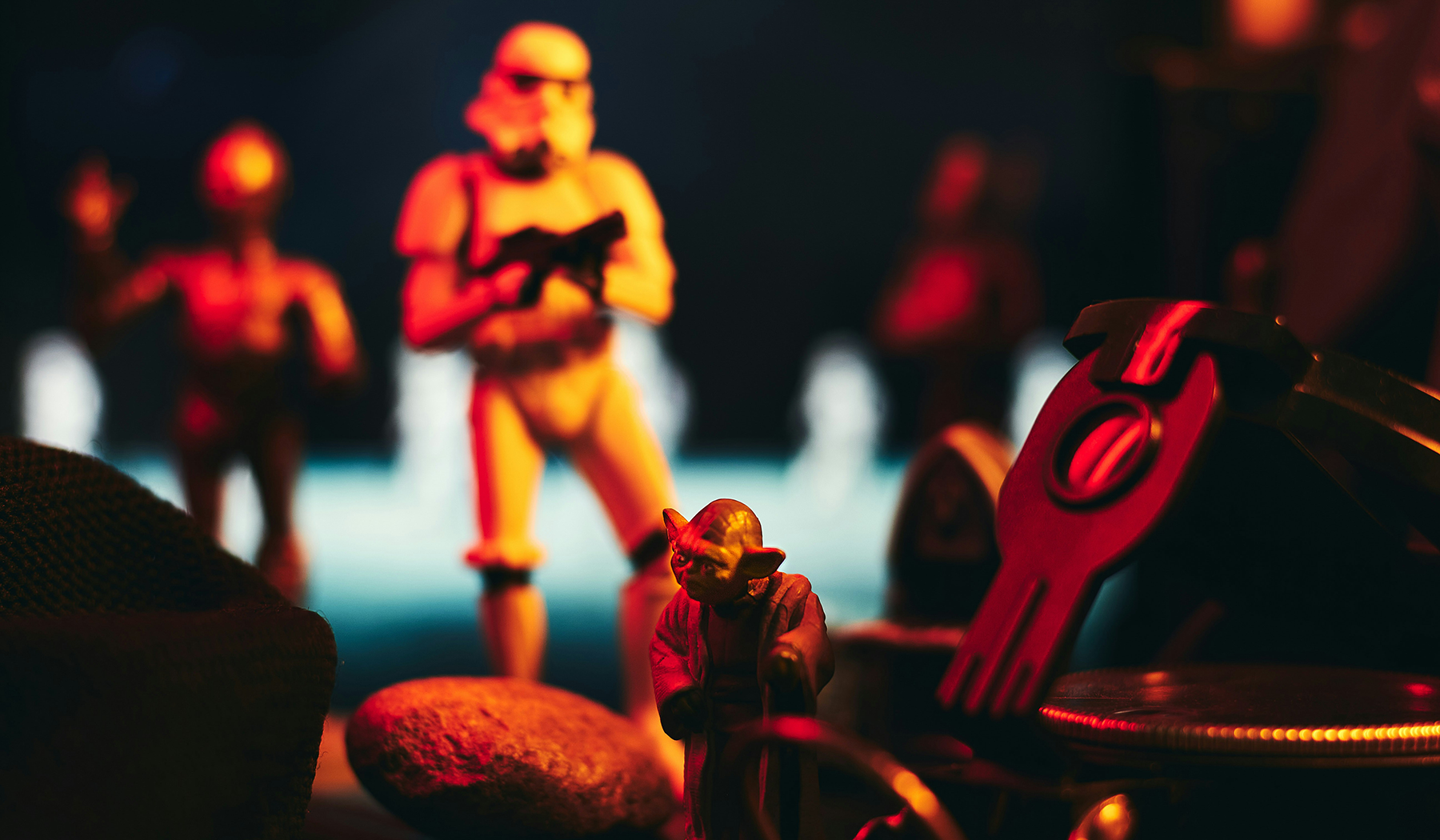
Action figures were toy industry’s answer to Barbie
Photo by D A V I D S O N L U N A on Unsplash
April 2024
Everything Old
Action figures were toy industry’s answer to Barbie
by Corbin Crable
As little girls in the late 1950s and early 1960s played with a new doll named “Barbie,” their younger brothers probably wondered, “What’s the big deal with this toy?”
Action Figures
In the mid-1960s, those boys would get their own version in the form of a similar toy being marketed as an “action figure” – a fully posable “doll” with more masculine themes (though don’t you dare call them “dolls” to the boys who played with them!).
The term was developed by toy giant Hasbro in 1964, five years after Barbie was introduced, with their G.I. Joe action figure released in early February of that year. The 11.5-inch, military-themed figures proved to be instantly popular and would be licensed to other markets worldwide. Other less popular, flash-in-the-pan action figures would emerge as competitors to the G.I. Joe empire, including Action Hero (1965), Microman (1974), and Big Jim (1972-86), but the G.I. Joe figures, with their variety of weapon accessories and interchangeable uniforms, would prove their staying power in future decades.
With the 1980s came a Golden Age of sorts for action figures. Film and television allowed for seemingly endless merchandising opportunities. If you’re a male member of Generation X like I am, you likely fondly recall the action figures of that decade – Ghostbusters, Thundercats, and Masters of the Universe, to name just a few.
Star Wars Figures
But the most collectible of these had to be the action figures released in conjunction with the original Star Wars trilogy (Star Wars in 1977, The Empire Strikes Back in 1980, and Return of the Jedi in 1983). Usually around four inches high and posable in five body points, they were released attached to cardboard cardbacks, with the figure itself enclosed in plastic. On the reverse side of the cardback, you could usually find a listing of the other action figures in that series, along with a photograph of the character portrayed.
During the years of the original trilogy’s release, Ohio-based Kenner Toys sold more than 300 million Star Wars toys. Along with these action figures came an entire host of vehicles and playsets based on the Star Wars films
Some of the figures, of course, are worth more today than others. One of the most rare is in the form of a Jawa – those diminutive aliens from Star Wars who lived on the desert planet of Tatooine with glowing eyes who sold droids out of their massive Sandcrawler vehicles. The figure’s brown cape was made of fabric, but the original versions wore a cape made of vinyl, and only a few were produced. Websites such as Ranker value these original vinyl-caped fellows at between $20,000 and $28,000 in their original packaging.
Of course, to those of us who grew up with them, when it comes to nostalgia, these action figures are worth their weight in gold. I remember playing with them for hours on end as a kid growing up in the ‘80s. Now, as an adult, I wish I wouldn’t have treated them with the rough horseplay for which little boys are known, sometimes ripping off arms and legs for dramatic effect. And today, knowing how valuable some of these action figures are to collectors, I owe a huge apology to my dad for being so rough on them, or – even worse – selling them at garage sales. It’s a regret that continues to linger in my now-adult mind.
Remember, folks – whether it’s a G.I. Joe action figure or a Barbie doll, hang onto them and take good care of them. You never know how much these toys will be worth, both monetarily and in memories.
No Results Found
The page you requested could not be found. Try refining your search, or use the navigation above to locate the post.

